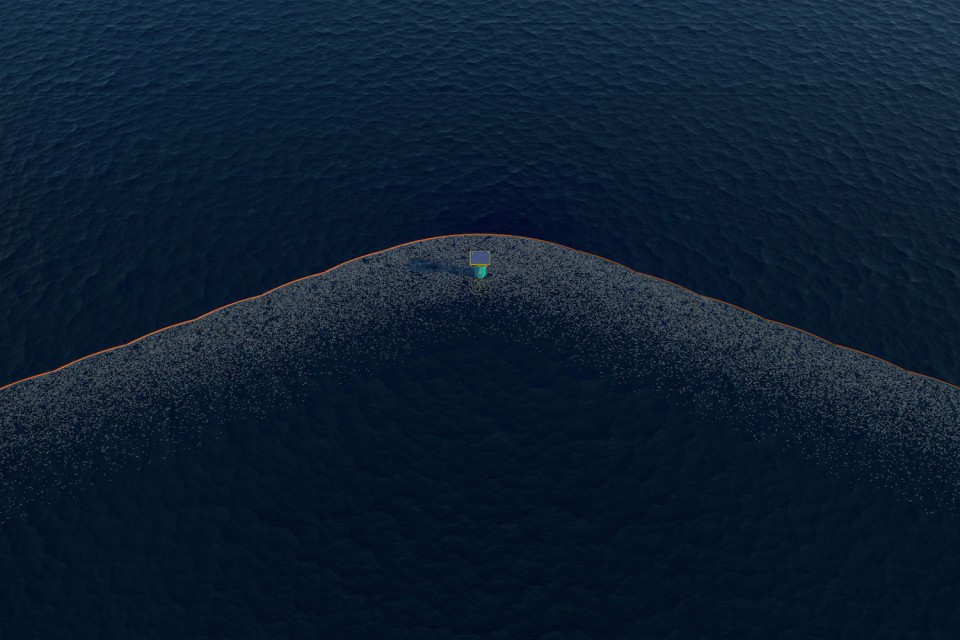The Ocean CleanUp, the project to clean the oceans is now reality

We already talked about this topics (The Seabin project, a floating bin to clean waters) regarding how the problem of wastes in the Ocean is a serious one and how several messages has been sent. A simple number is sufficient to understand the gravity of the situation: it’s estimated that 5 floating plastic isles has been composing, indeed, due to the Ocean flowing, many wastes from different continents converge in one point; just one isle, discovered by the captain Charles Moore in 1997, placed in the Northern Pacific, is as big as Europe. Plastic is an infamous material, polluting and hardly degradable, and for this reasons the problem is real. Pushed forward by their passion for the environment, Boyan Slat and his friend Nguyen Tan, at just 17 years old, founded the association Ocean CleanUp to participate in a school project. After many working hours and years, the two boys came to their final idea, that is The Ocean CleanUp, winner of several prizes at the Technical University in Delft, and also showcased at mass meetings during the annual conference of TED.

Since moving through the Ocean is often risky and inefficient, Ocean Cleanup arises with an intrinsic question: why should we move through the ocean, when it’s the ocean itself that carries us around? Instead of searching for different wastes, Ocean CleanUp considers a set of floating barriers that, intercepting the Ocean flows, makes the surface wastes converge in a central point, where they’ll be gathered and recycled later.

These barriers are outright floating ‘arms’ with a V shape, capable of covering the radius of a typical circular oceanic flow; in this way, it’s the oceanic flow that transport the wastes to the arms, that thanks to their angle can gather the wastes like a funnel and make them go to a central point. In this point there is a gathering platform that stores the plastic wastes until their transportation to mainland, where they’ll be recycled.

Underneath the arms, there are 2 meter-deep-septa that allow the solid wastes to concentrate safely along the arms and mostly, since the flows go under these septa, allows the marine life not to be in danger with this artificial system and to be pushed naturally by the flows, that help fishes to go beyond the septa. This wouldn’t happen with nets, where animals remain so far trapped.
Researchers retain that with Ocean Cleanup the 42% of plastic wastes floating in the oceans could be removed by 10 years. We’re talking about massive numbers, almost 7,25 kg of polluting wastes can be caught by this device.
And in the last few days we had news that for the first time the project will be executed: indeed, the Ocean CleanUp Foundation is going to install by this summer 100 meters of barriers in the Northern Sea, about 23 km off the Danish coast.

“For the first time the barrier will be tested in the open Ocean” said Boyan Slat, today 20 years old “the main goal in the Northern Sea will be to monitor its effect on marine life, studying waves and flows. The marine barrier will be monitored day by day by monitors and detectors”.
A 20 years old boy, helped by a team of 50 engineers, researchers and experts, supported by his University, has realized a project that could save the planet by pollution.
